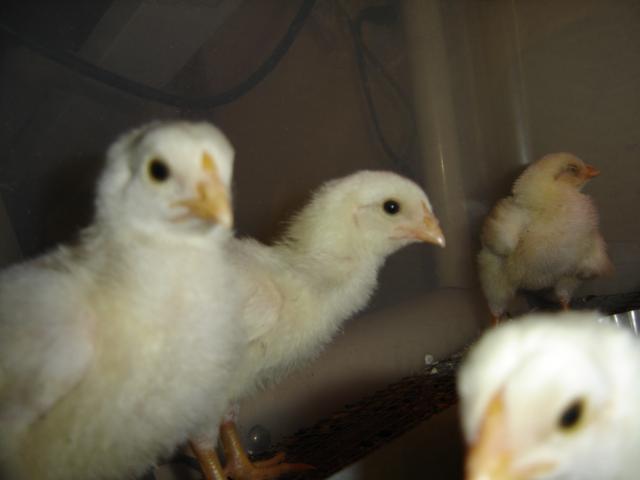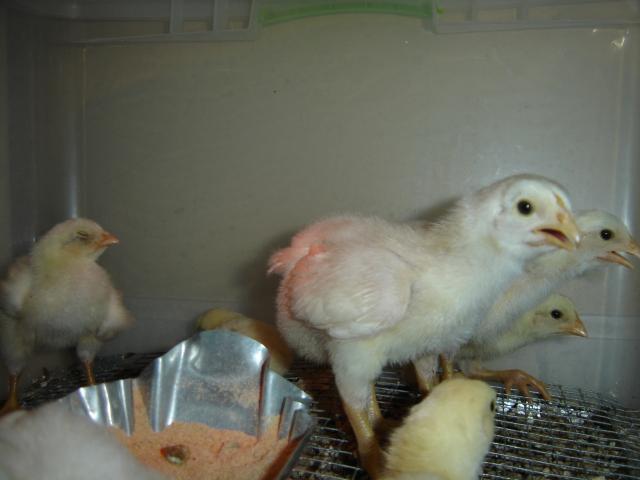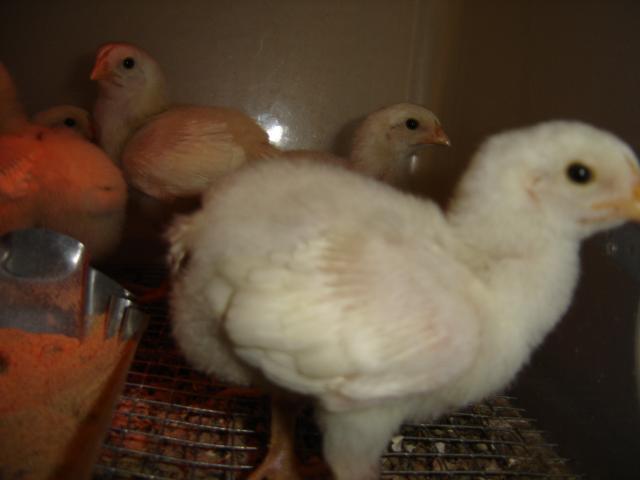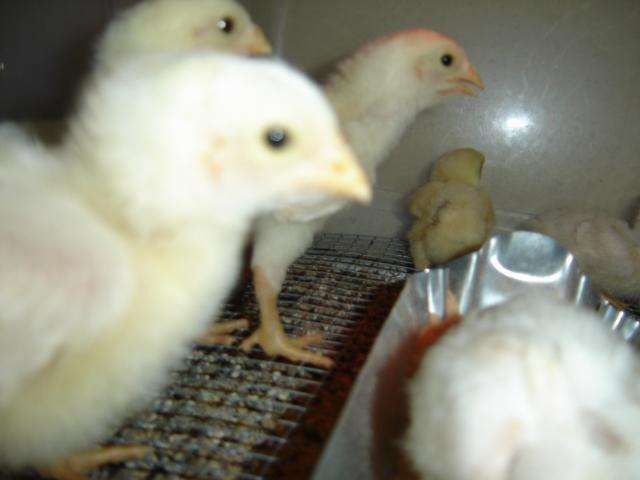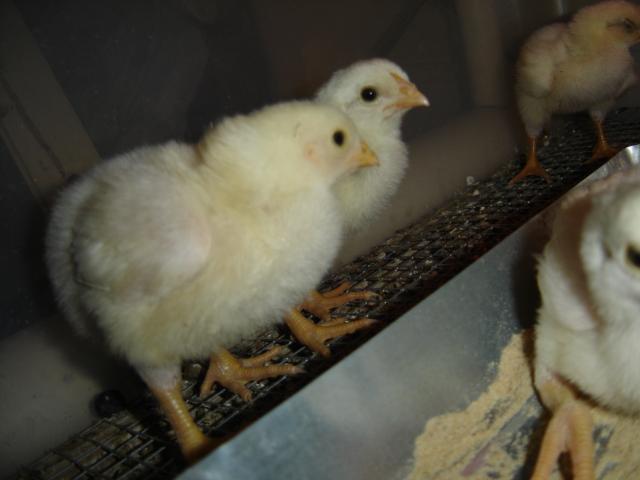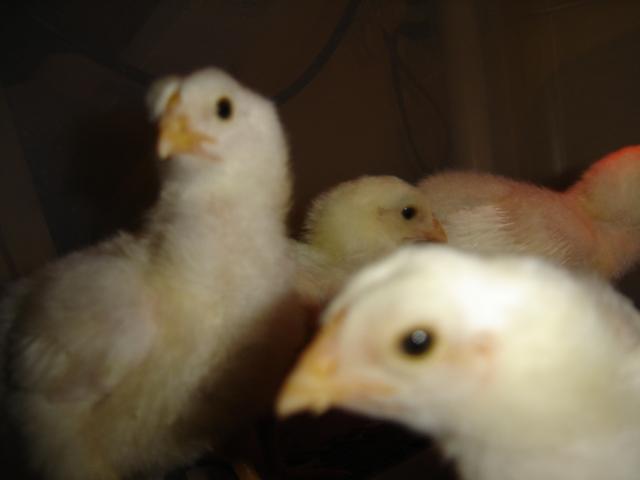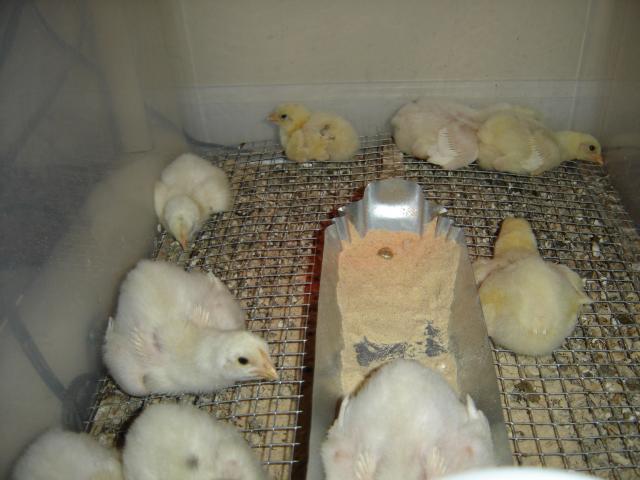I want to have a self sustaining population of fast growing meat birds. Meaning, they keep laying and hatching chicks and after 8 or so weeks I cull and eat them. Rinse, lather, repeat. A multitude of standardized egg-laying breeds, such as RIRs, Orps, etc., are readily available. There exists no standardized broiler chicken genetic package that can be reproduced true to type, available to the homesteader. All of the broiler chicks bought and sold in the U.S. are generated from hybridized parent stock that are under the proprietary control of large multinational corporations. I see Cornish X Rocks sold all over the place in almost every hatchery with a disclaimer that goes something like this:
"Cornish X Rocks are hybrids. Therefore we do not recommend breeding, they will not produce the same high quality in the next generation and due to the extreme rate of growth they will be too large at time of sexual maturity to breed successfully."
I do understand this, but I'd like to create these hybrids myself, instead of reordering chicks months after month. Is it possible? I'm sure it is b/c they do it, but I don't hear or read anything about people doing it themselves. What kinda of birds to I need exactly? Indian Game? White Plymouth Rocks? Does one breed need to be pullet and the other a roo? How is it done? Does anyone actually do this? I don't need to breed top quality hybrids, I just want to have some dependable meat birds clutch after clutch.
Please fill me in, enlighten me, and correct my misunderstandings here. I can't find much on this subject and want your expertise and knowledge on the matter.
"Cornish X Rocks are hybrids. Therefore we do not recommend breeding, they will not produce the same high quality in the next generation and due to the extreme rate of growth they will be too large at time of sexual maturity to breed successfully."
I do understand this, but I'd like to create these hybrids myself, instead of reordering chicks months after month. Is it possible? I'm sure it is b/c they do it, but I don't hear or read anything about people doing it themselves. What kinda of birds to I need exactly? Indian Game? White Plymouth Rocks? Does one breed need to be pullet and the other a roo? How is it done? Does anyone actually do this? I don't need to breed top quality hybrids, I just want to have some dependable meat birds clutch after clutch.
Please fill me in, enlighten me, and correct my misunderstandings here. I can't find much on this subject and want your expertise and knowledge on the matter.

